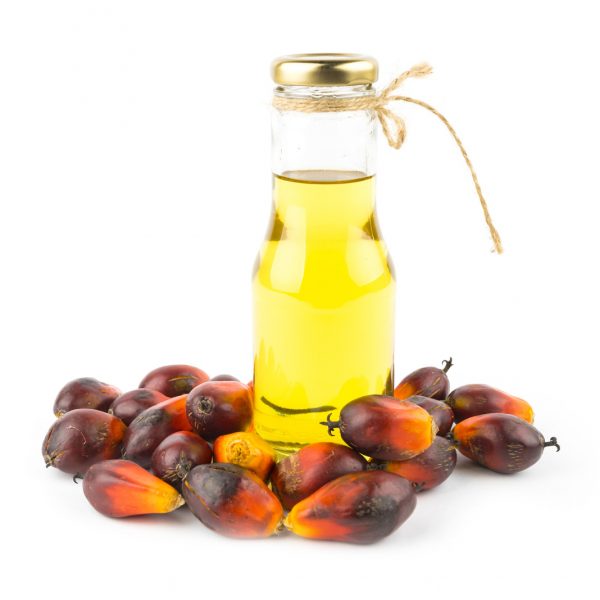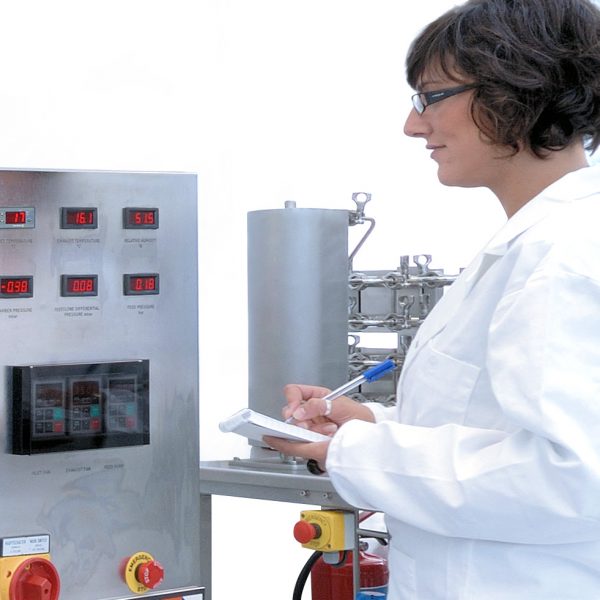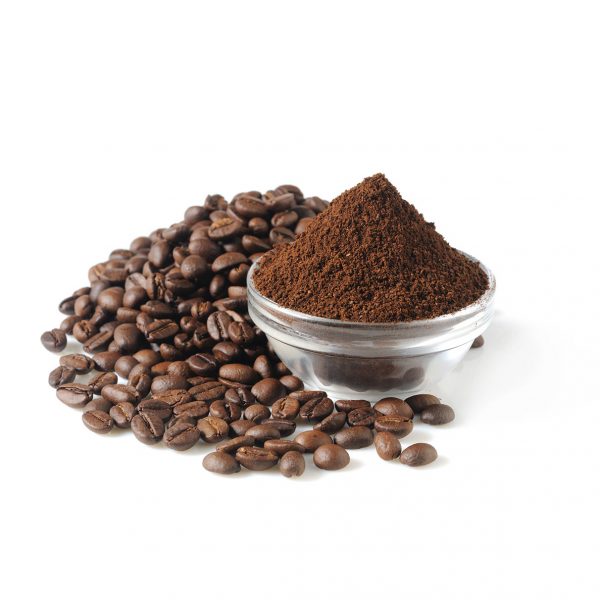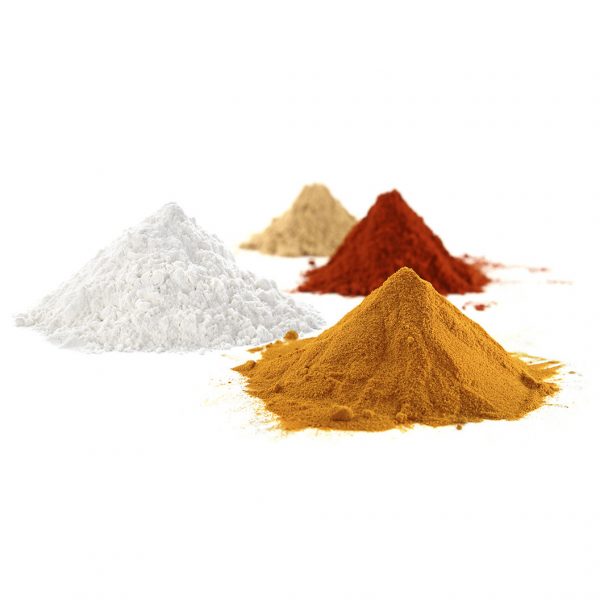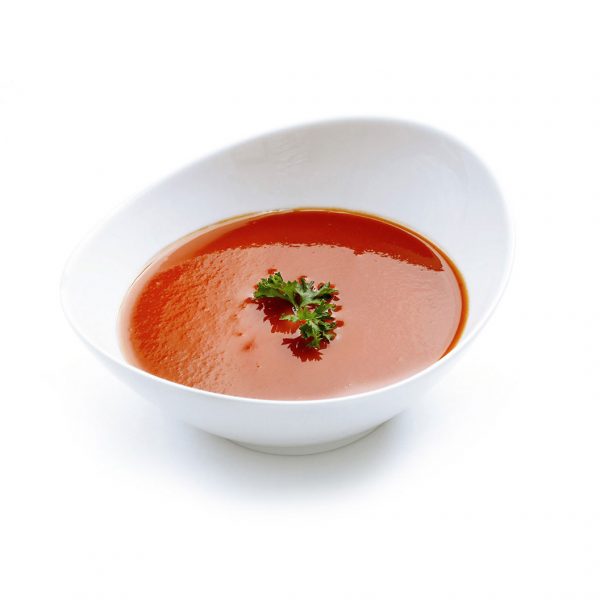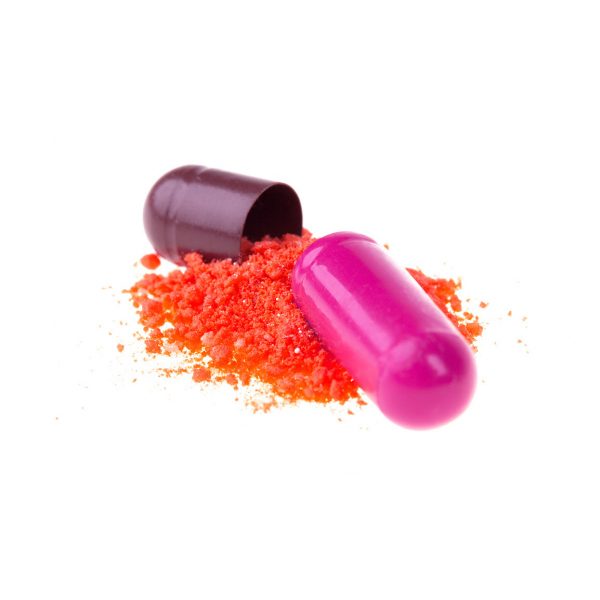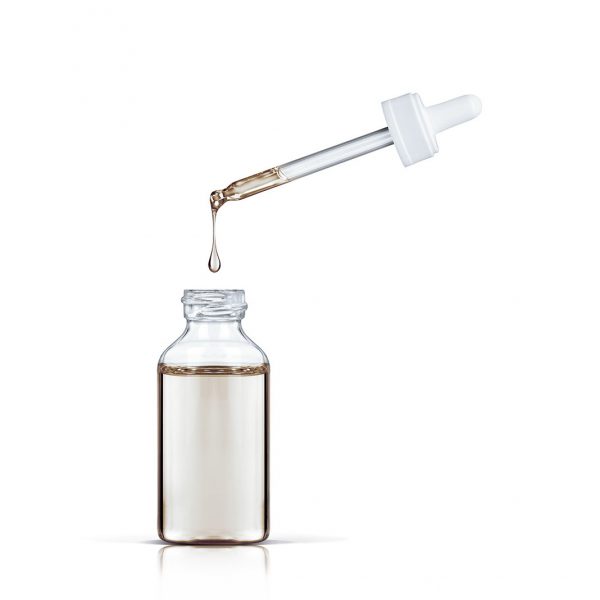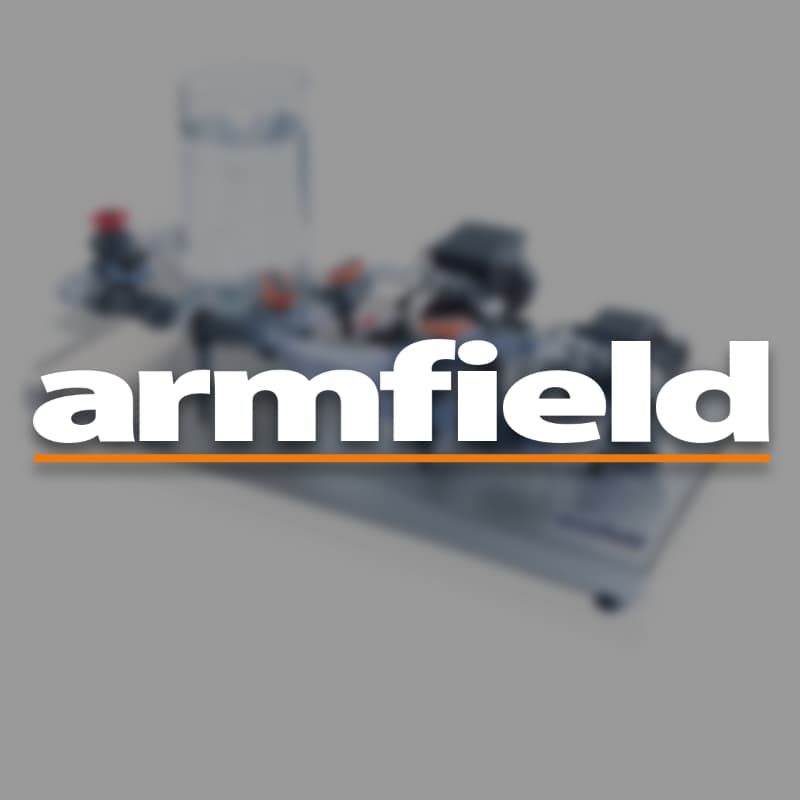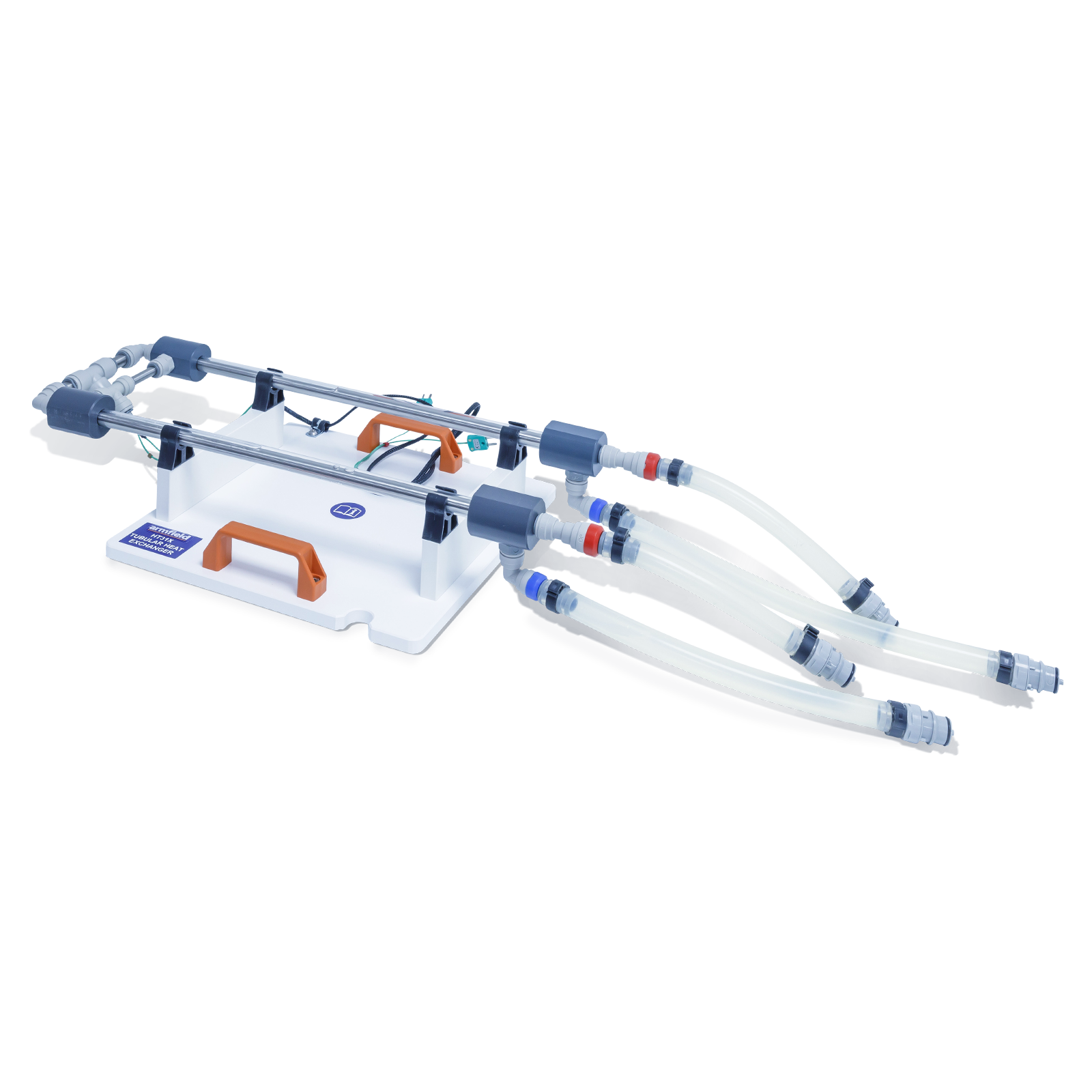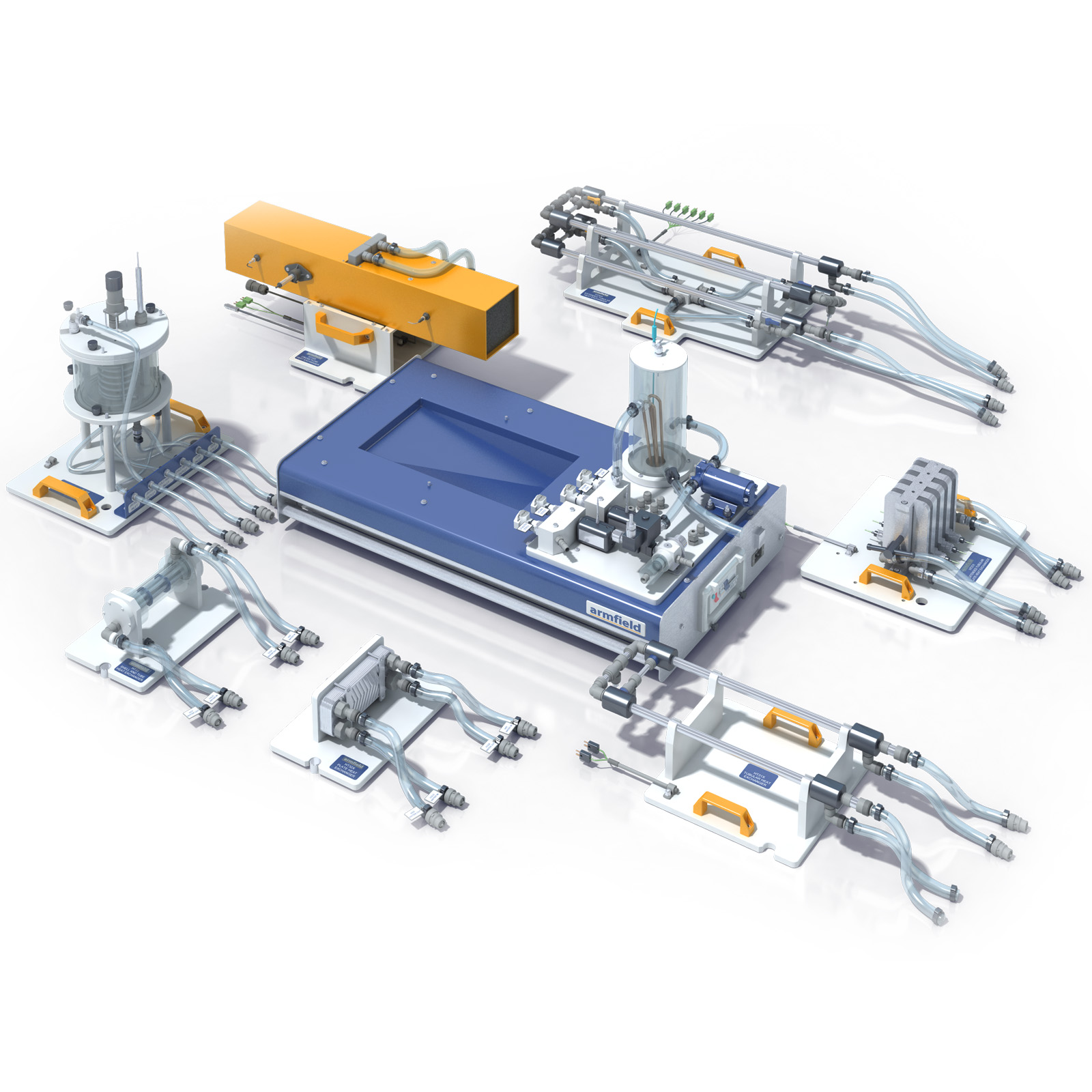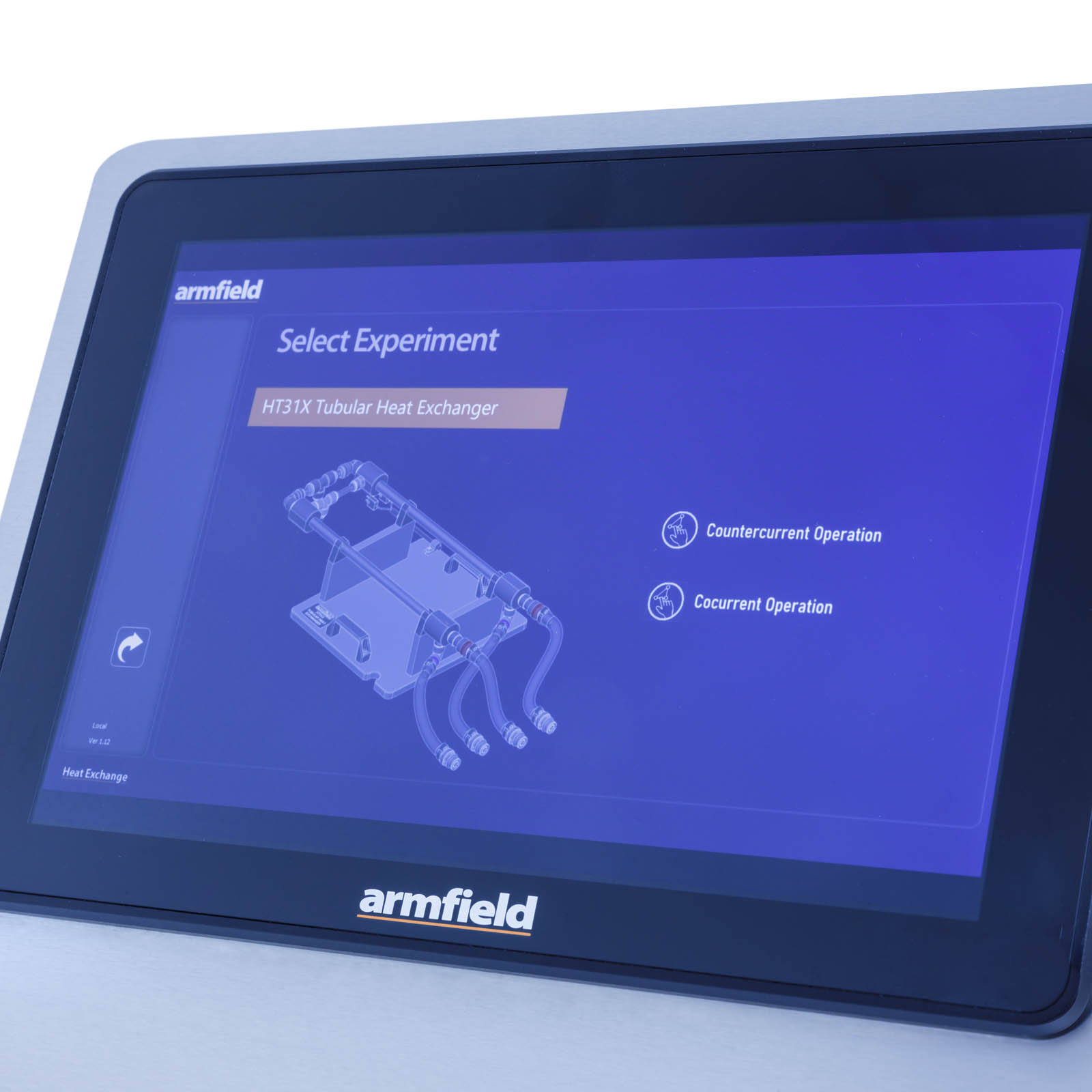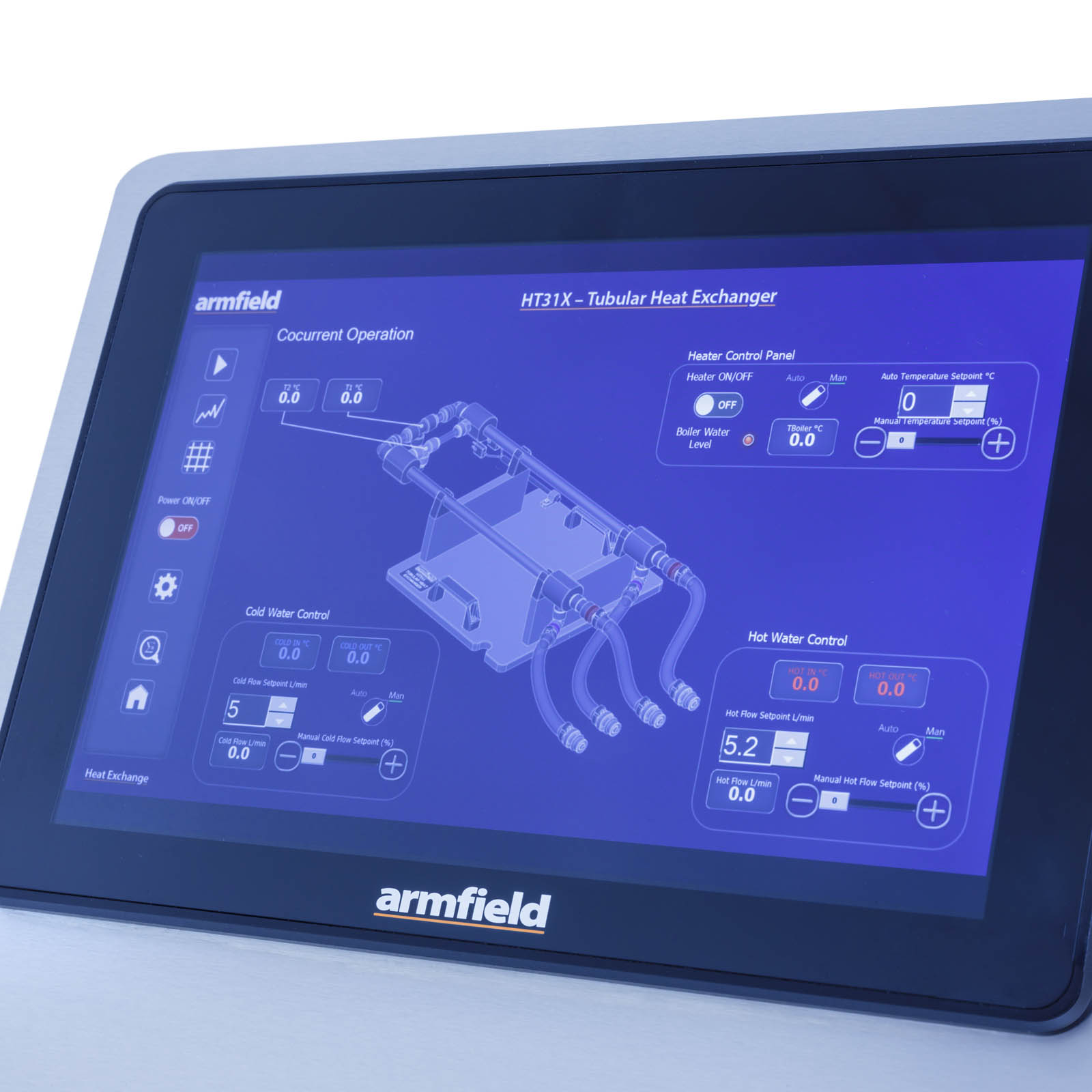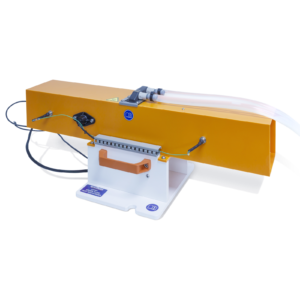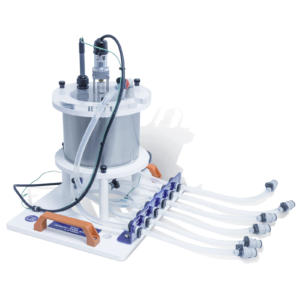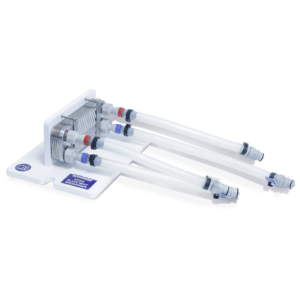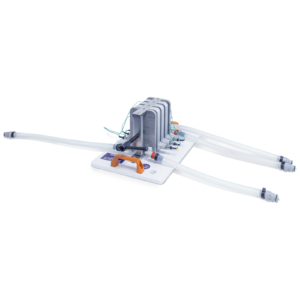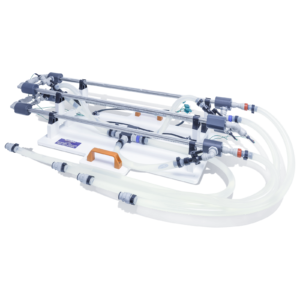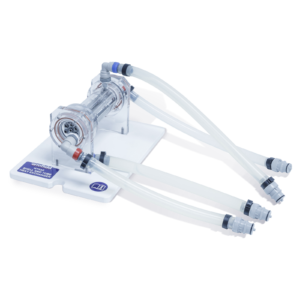HT31X – Tubular Heat Exchanger
The tubular heat exchanger is the simplest form of heat exchanger and consists of two concentric (coaxial) tubes carrying the hot and cold fluids. In these miniature versions the tubes are separated into sections to reduce the overall length and to enable the temperature at points along both fluid streams to be measured.
Description
The tubular heat exchanger is the simplest form of heat exchanger and consists of two concentric (coaxial) tubes carrying the hot and cold fluids. In these miniature versions the tubes are separated into sections to reduce the overall length and to enable the temperature at points along both fluid streams to be measured.
Two versions are available, the HT31X is a basic version with two sections and a single interim temperature measurement point.
Technical Specifications
Thermocouples on Accessory
- Hot fluid mid-position
- Cold fluid mid-position
Thermocouples on Service Unit
- Hot fluid inlet
- Hot fluid outlet
- Cold fluid inlet
- Cold fluid outlet
- Number of tube sections X2
- Heat transfer area: 0.02m²
Features & Benefits
- A small scale Tubular Heat Exchanger system for use with an Armfield Heat Exchange Service Unit to teach the fundamental concepts of heat exchangers
- Comprises a number of sections of concentric tubes, the outer section constructed from clear acrylic for visibility and the inner tube from stainless steel
- The tubes are easily dismantled for cleaning
- A comprehensive instruction manual is included
On both our HT31X and HT36X heat exchangers, the inner tube is used for the hot fluid and the outer annulus for cold fluid. This minimises heat loss from the exchanger without the need for additional insulation.
The inner tubes are constructed from stainless steel and the outer annulus from clear acrylic, providing visualisation of the heat exchanger construction and minimising thermal losses.
The tubes can be dismantled for cleaning.
ArmBUS software is provided as standard with the HT30X for all the Armfield heat exchanger accessories. Individual programs are provided for each exchanger, and each program contains a selection of separate exercises that can be performed.
The actual details are exercise specific, but typically the following interfaces are available:
- Full Graphical User Interface (GUI) for each experiment with display screens tailored for each exercise
- All the temperatures and flow rates are displayed on a diagrammatic representation of the equipment
- Student questions and equations can be accessed individually for each exercise
- The hot-water flow rate utilises optional Manual/Automatic control to control the pump output. Manual control allows the user to select a percentage of the total power to supply to the pump. Automatic control allows the user to input the desired set point which the PID control will reach and maintain. The use of automatic control ensures the flow is stable despite changes in the viscosity of the water due to heating
- Real-time flow rate readings are displayed in L/min Sensor data is collated and calculations are displayed in a data-log, a tabulation function provided with the armBUS software. The data is in tabulated format and can be saved and accessed through a .csv file compatible with software such as Microsoft Excel
- The cold-water flow control valve utilises optional Manual/Automatic settings to control water flow from the mains. Manual control allows the user to open/close the valve between 0 and 100%. Automatic control allows the user to input the desired set point which the PID control will reach and maintain so long as the input pressure is adequate.
- The heater utilises optional Manual/Automatic control to supply power to the heater element in the boiler. Manual control allows the user to select a percentage of the total power to supply to the heater. Automatic control allows the user to select a set point (°C), and then PID control software heats the water to and maintains a set temperature
- The data from the sensors is plotted and displayed in a user-configurable graphing function of the software. It can be displayed separately from the data logging and each sensor output can be viewed independently
- Processing of measured values to obtain calculated results (this can be linked to the questions and answers to ensure student understanding, answers to equation calculations can be found as part of the datalogger output)
- HT30X Computer Controlled Heat Exchanger Service Unit
Packed and crated shipping specifications
Volume: 0.05m3
Gross weight: 4 kg
Length: 0.16m
Width: 0.63m
Height: 0.39m
HT31X – Tubular Heat Exchanger – See HT30X for power options


